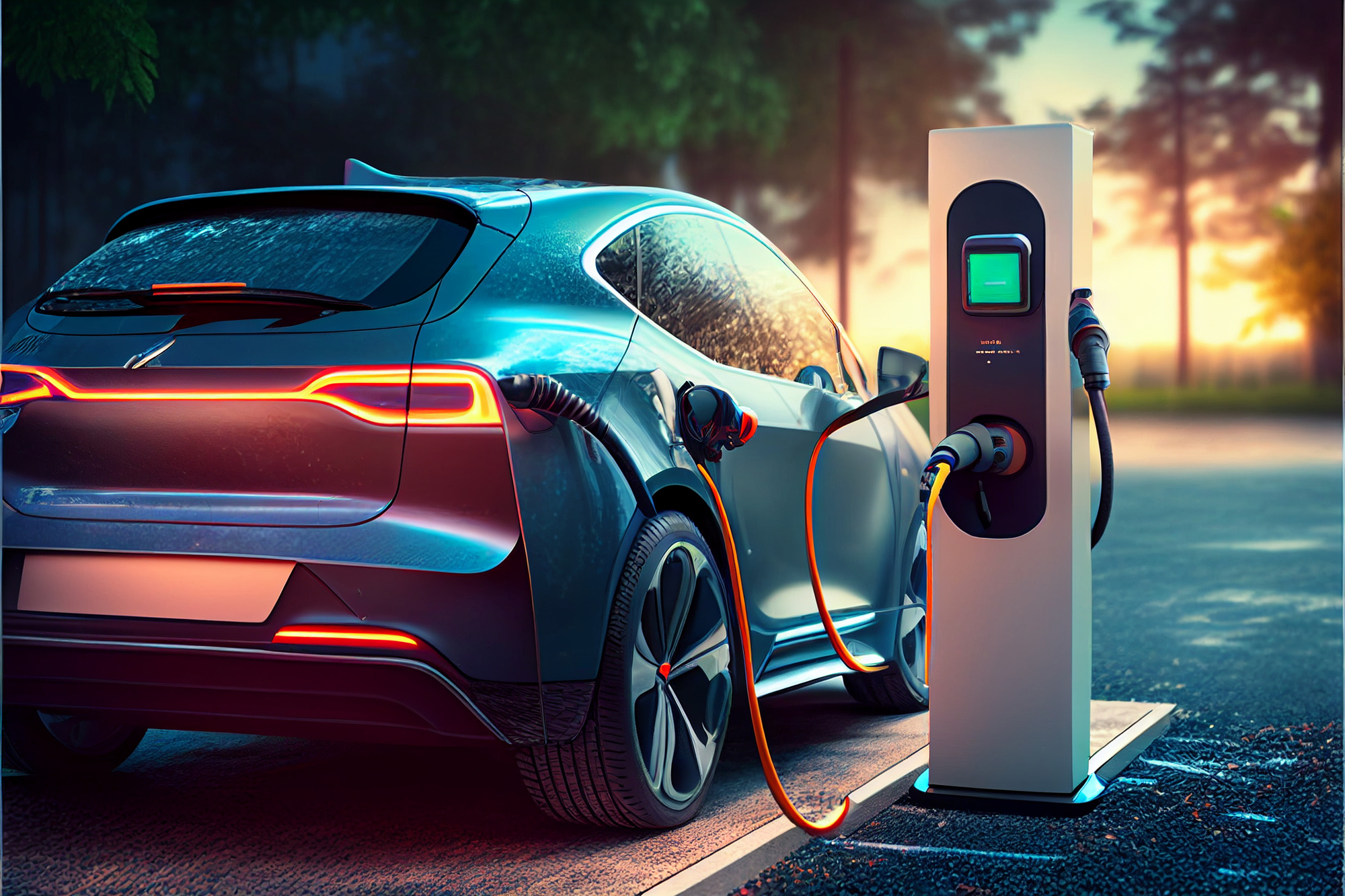Australia is encouraging electric vehicle adoption with tax exemptions. Keep reading to learn how the FBT exemption affects novated leases.

In December 2022, the Australian government made a change to tax law providing a Fringe Benefits Tax (FBT) exemption to eligible electric vehicles (EVs). The change encourages increased adoption of EVs by making them more affordable when financed through a novated lease., This article discusses everything you need to know about novated leases, the impact of the FBT exemption on electric vehicles, and provides a list of eligible vehicles.
How does a novated lease work?
A novated lease is an employee benefit that allows you to pay for your car using your pre-tax salary. It’s an arrangement between you, your employer and a novated lease provider.
It is similar to other forms of car finance, with monthly payments spread over a fixed term. However, instead of making the monthly payments using your taxed income, your employer makes the payments from your pre-tax salary.
This means a novated lease lowers your taxable income, which can save you thousands of dollars per year. It also brings other financial benefits. For example, all running costs, such as fuel, registration, regular servicing, and insurance, are included in the novated lease payments, saving you even more in tax and making it more convenient to maintain and run a vehicle.
With a novated lease, there is also a GST saving on the purchase price of the vehicle (up to $5,885) and the vehicle running costs.
In this arrangement, the finance company technically owns the vehicle, with the employer providing payment on your behalf for an agreed period.
Fringe Benefits Tax Explained
FBT is a government tax that applies when employers provide certain benefits to employees and their families beyond regular wages. As well as novated leases, FBT may apply to other employee benefits like:
- Gym memberships
- School fees
- Parking
- Entertainment allowances
- Reimbursements
The Australian Taxation Office (ATO) has set the FBT rate at 47% of the gross-up value of the benefit provided. Generally, the ATO uses a complex formula to calculate the equivalent gross income an employee needs if they were to pay for the benefit themselves.
However, it becomes even more complicated for novated leases, with the FBT only applying to the percentage of time the employee runs the vehicle for personal use. Because employers pay the FBT, they can come up with this figure in two ways:
- Require employees to log odometer readings manually
- Assume a flat rate of 20% as private use
Suppose you use the second option as an example for a vehicle that costs AUD$48,000. The $9,600 value for private use will then be multiplied by a standardised rate of 2.0802 to get the gross-up value of $19,969.92. At the 47% rate, the FBT comes to $9,385.86.
It’s best to consult a tax professional to fully understand how FBT may apply based on your specific situation.
How does the FBT exemption for EVs affect novated leases?
The Treasury Laws Amendment (Electric Car Discount) Bill 2022 has made it cheaper to lease eligible electric vehicles by making them exempt from FBT.
With the FBT exemption for electric vehicles, the taxable value of the car will be reduced to zero, which means the employer will no longer be required to pay FBT on the car. This results in a significant reduction in the cost of owning an EV through a novated lease.
Furthermore, due to the lower running costs of EVs compared to traditional petrol or diesel cars, employees who choose to finance an EV through a novated lease will also benefit from lower operating costs, resulting in savings over the life of the lease.
Which EVs are eligible for the FBT exemption?

New battery-electric and plug-in hybrid vehicles first used on or after July 1, 2022, with a total cost of AUD$84,916 are eligible for this incentive.
At the time of writing, the following EV models are eligible:
- BYD Atto 3
- Ford Escape PHEV
- Hyundai Ioniq 5
- Hyundai Kona Electric
- Kia E-Niro
- Mazda MX-30 Electric
- Lexus ux300E
- Kia EV6
- Mitsubishi Outlander PHEV
- Mercedes-Benz EQA
- MG ZS EV
- MG HS PLUS EV
- Peugeot 508 PHEV
- Mitsubishi Eclipse Cross PHEV
- Nissan LEAF
- Peugeot 3008 PHEV
- Mini Cooper SE
- Tesla Model 3
- Polestar Polestar 2
- Tesla Model Y
- Mercedes-Benz A 250e
- Mini Countryman Cooper SE
- Cupra Leon VZe
- Cupra Formentor VZe
- BMW iX1
- Kia Sorento PHEV
- Volvo XC40 Recharge Pure Electric
- Volvo C40 Recharge
- Cupra Born
Currently, the incentives for plug-in hybrid electric vehicles (PHEVs) are set to expire after April 1, 2025. While there is no set end date for the incentives for battery electric vehicles (BEVs), the government said it would review the policy after three years based on the uptake of EVs at that time.
Final words
While electric vehicles (EVs) are gaining popularity in Australia, the cost of purchasing an EV remains a significant barrier for many consumers. However, various policies and programs are available to make EVs more affordable and accessible for everyday Australians, such as the novated leases FBT exemption.
As Australia continues to push towards a greener future, more EV incentive programs will likely be developed to encourage even more Australians to switch to a more sustainable transportation option to meet the country’s climate goals and reduce dependence on fossil fuels.